All current frameworks I found are for a business (incl. non-profit organizations).
While my friend encounter an case interview in McKinsey 1st round about Regional Government want to improve traffic and housing conditions... Thus I would like to ask here, is there any frameworks can be used on Government cases?
Thanks:)









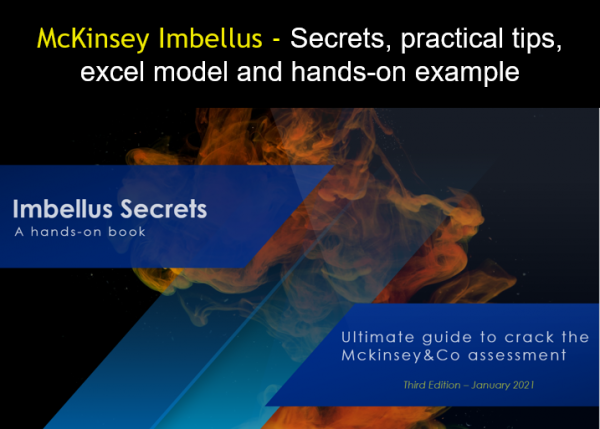


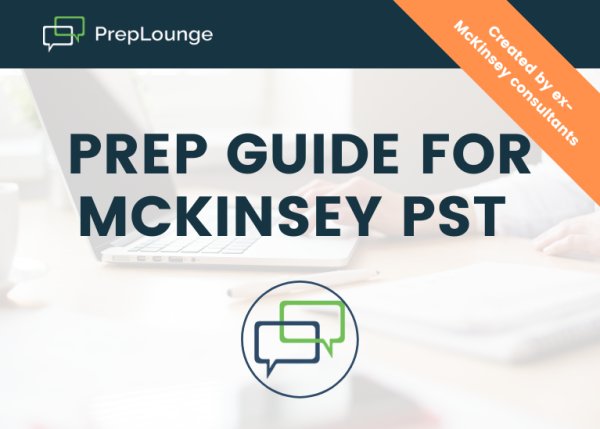
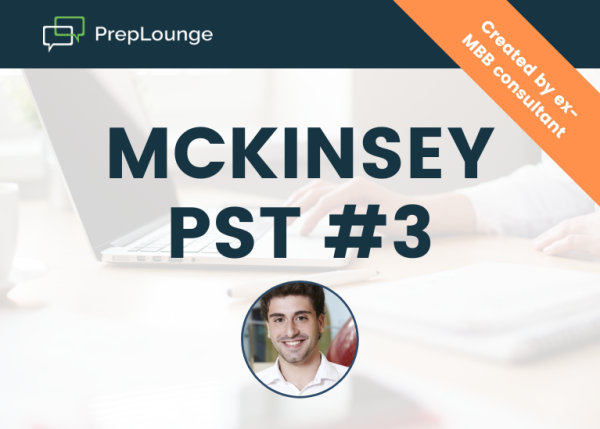
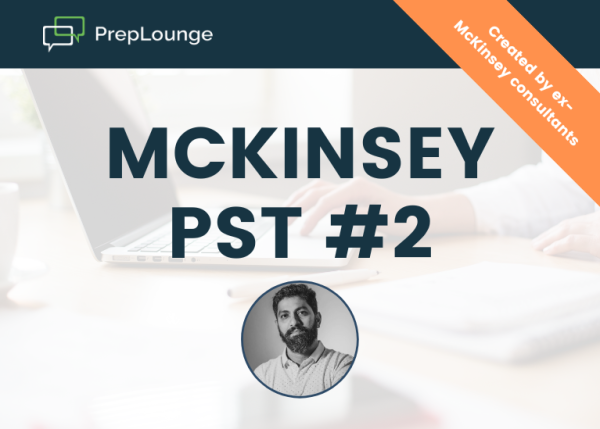
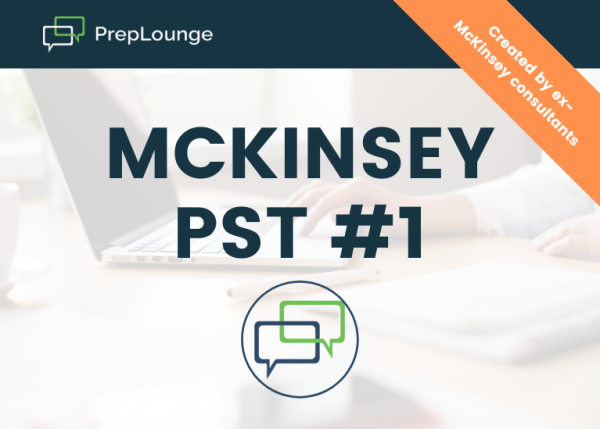

Super helpful! Thanks very much and congrats on your McKinsey Offer!